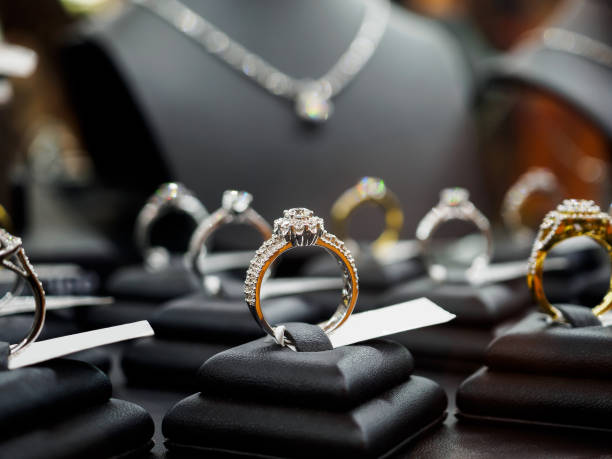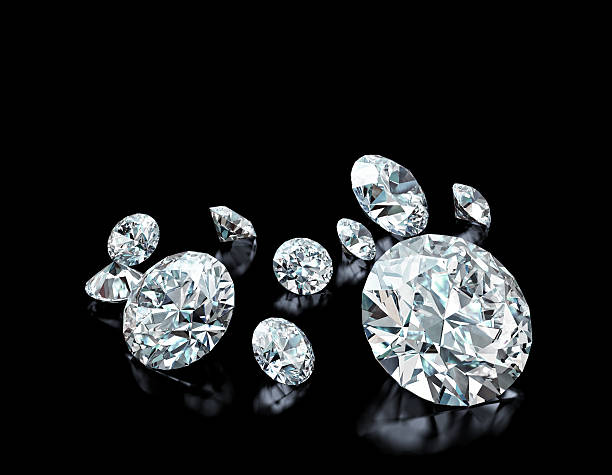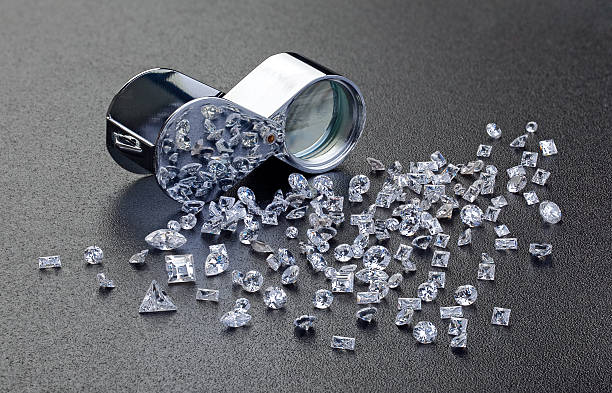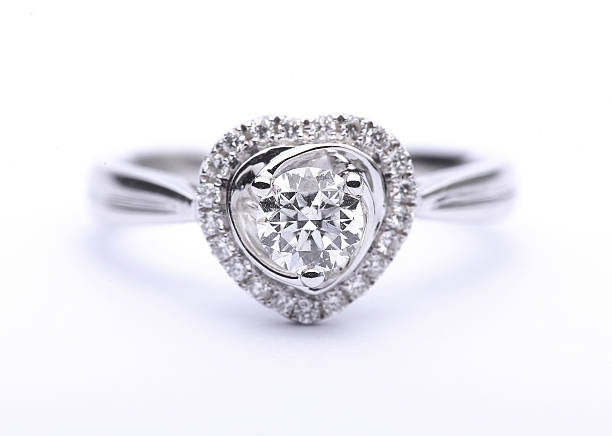
Lab Created Diamonds vs. Natural: Can You Tell the Difference?
On the fence trying to decide between buying a natural or man-made diamond? Spend a few minutes to read our blog and get rid of all your doubts about Lab-created diamonds vs. natural.
Oh… is it real?
That’s the instant reaction you have, whether it’s during the BIG moment when your man is proposing to you with a diamond ring or you are gazing at the diamond itself. Well, only your partner would know the truth if this big moment actually happened and the diamond is REAL.
If you are interested in knowing for yourself whether the diamond on your ring is natural or man-made, this blog is for you.
Lab-created diamond vs. natural - this has been a topic of interest for most buyers looking for the perfect diamond ring. Unfortunately, the average person does not know much about it. While it’s hard to tell the difference between lab-grown diamonds vs. real diamonds by just seeing them, certain factors can help you figure it out.
Before we jump to Lab-created diamond vs. natural, let’s first learn about what both of these types really are.
Lab-Grown vs. Natural Diamonds - What Are They?
First things first! Knowing what both these diamond types are can help you understand them better.

So here we go.
What Is A Natural Diamond?
As the name suggests, natural diamonds are found in the earth's crust. They are formed for one to three billion years under high pressure and high temperature. Since natural diamonds take a long time to form within the earth, lab-made diamonds came into existence. Natural diamonds are rare and therefore expensive. Also, their worth increases over time with inflation.
What Is A Lab-Created Diamond?
Lab diamonds or man-made diamonds are artificially manufactured under the same conditions, i.e. high pressure and high temperature. Though not completely natural, lab diamonds possess the same chemical and physical properties as natural diamonds. As they are manufactured artificially in the labs, lab diamonds are more affordable than natural diamonds.
Lab-Grown vs. Natural Diamonds - How Are They Created?
Well, you already know what lab-created and natural diamonds are. But don't you want to know how they are formed?
Let’s explore further.
How Are Natural Diamonds Formed?
The journey of naturally-occurring diamonds from the earth to your hand is long and complex. Most naturally-occurring diamonds were formed in the Earth’s mantle, far beneath its surface. Intense heat and pressure for billions of years rearranged the atomic structure of the element carbon, turning it into the solid form of a diamond.

Since the process of their formation is so time-consuming and difficult, most diamonds we find are not gem quality. And it is because of this rarity that diamonds are expensive and have significant inherent value. Further, their value will continue to rise with the decrease in naturally available diamonds.
How Are Lab-Grown Diamonds Made?
While we have been manufacturing diamonds for decades, they have only reached the market in the last five years. Before this time, diamonds were mainly manufactured for industrial use and lacked the clarity, size, and affordability that would make them fit for use in jewelry.
Generally, man-made diamonds are manufactured by one of two methods: HPHT (high pressure, high temperature), and CVD (chemical vapor deposition). In HPHT, extreme temperature and pressure are used to mimic the environment that creates natural diamonds. CVD, on the other hand, fills energized gasses onto a ‘seed crystal’ in a vacuum chamber. These gases are heated until carbon layers begin to form on the seed crystal, causing the seed to grow and turn into a diamond crystal. It takes a few weeks for diamond crystals to form under such controlled conditions. Once the rough diamond is made, it is then cut and polished just like natural diamonds are.
Lab Diamonds vs. Real Diamonds - What’s the Difference?
Besides their formation, what are other differences between lab-grown diamonds vs. real diamonds? Is it possible to differentiate them with the naked eye?
Certainly not!
The difference is non-existent for naked eyes and outdated technology. This is because man-made diamonds are made up of the same chemicals as natural diamonds. However, certain factors can help you differentiate between the two without any need for advanced technology.
1. Price
As mentioned above, natural diamonds take millions of years to form and are rare. Hence, their rarity makes them pricey. On the other hand, lab-grown diamonds are a lot cheaper than natural diamonds, costing about 50-60% of the price or even less.
The difference in the cost of both types of diamonds is due to the supply. Natural diamonds have very limited availability, but there’s no cap on the supply of man-made diamonds.

2. Value
Natural diamonds have greater resell value than man-made diamonds. The difference in their values is even greater than the difference in their prices. Naturally-occurring diamonds usually retain around 50% of their initial cost. But it is almost impossible to resell lab-made diamonds. This means you lose a big percentage of the value the moment you buy lab-created diamonds.
3. Appearance
In most cases, lab diamonds and natural diamonds are identical to the naked eye. However, there can be some tiny inclusions in man-made diamonds that may not be present in natural diamonds. To see these inclusions, you will need magnification tools.
Should You Buy Lab-Grown Diamonds?
Well, this entirely depends on your choice. If you want to buy a beautiful diamond but don’t want to spend much, lab-grown diamonds are your best bet. However, they will lose their value drastically over the years.
But if you prefer an expensive diamond that does not ‘shed’ its value even after years have passed, opt for natural diamonds.
Where to Buy Lab-Grown Diamond Rings?
Now that you know everything about lab-created diamonds vs natural diamonds, you might be wondering where to buy lab-grown diamond rings. Dolphin Galleries has earned a strong reputation when it comes to buying engagement rings. All our diamond rings are real and certified.

Just visit our listing page and explore our collection of diamond rings, and we are sure you’ll be highly satisfied.
Frequently Asked Questions
1. Are synthetic diamonds the same as lab-grown diamonds?
No. According to the Federal Trade Commission's revised guidelines, the term ‘synthetic’ cannot be used for lab-grown diamonds because they are made from pure carbon, just like natural diamonds. Because of their same chemical structure, both lab-grown and natural diamonds are considered diamonds.
2. Why are natural diamonds costlier than lab-grown diamonds?
The difference in the price of lab-created diamonds vs. natural diamonds is because of the supply. Since natural diamonds take millions of years to form in the earth's crust, their supply is limited. Hence, they are rare and pricey.
3. Can I spot the difference between lab-grown diamonds and natural diamonds?
No, it is almost impossible to differentiate between the two with your naked eyes. Most cannot tell the difference without seeing the tiny laser inscription on the diamond girdle that identifies it as ‘lab-created’.

Steve Schlag
Owner of Dolphin Galleries, Art & Jewelry Expert.
